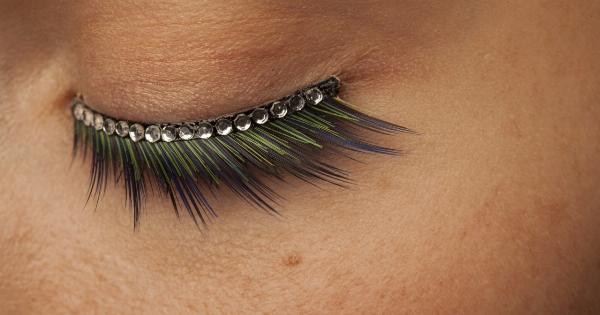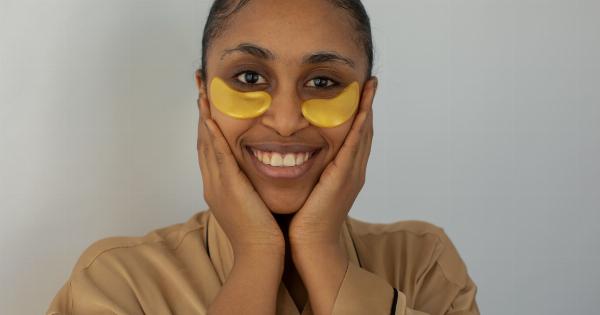Eyelash mites, also known as Demodex mites, are tiny arachnids that inhabit the hair follicles and oil glands near the eyelashes of humans.
These microscopic creatures have been found on the skin of virtually all adults but can multiply rapidly and become problematic when their population exceeds a certain threshold. In this article, we will explore the fascinating world of eyelash mites, learn about their characteristics, behavior, and potential impact on human health.
Anatomy of Eyelash Mites
Eyelash mites belong to the Demodex genus and are divided into two species: Demodex folliculorum and Demodex brevis. Both species are similar in appearance, with their bodies being elongated and worm-like.
These mites possess eight tiny legs near their heads, which they use to cling to hair follicles and move around.
Lifecycle of Eyelash Mites
The lifecycle of eyelash mites consists of several stages, including eggs, larva, nymph, and adult.
Female mites lay their eggs inside the hair follicles, and within a few days, the larvae hatch and feed on the oil and dead skin cells present in the hair follicles. As they mature, the larvae molt and become nymphs, which eventually develop into adult mites. The entire life cycle takes about two to four weeks.
Behavior and Habits
Eyelash mites are nocturnal creatures, meaning they are most active during the night. They crawl out of the hair follicles onto the skin surface to mate and seek nourishment.
These mites feed on a combination of oil secretions, dead skin cells, and bacteria present on the skin. Their excretions can also contribute to skin inflammation and itching.
Prevalence
While virtually all adults have some degree of eyelash mite presence, certain factors may contribute to an increased population density.
These factors include poor hygiene, oily skin, compromised immune system, and certain medical conditions such as rosacea or blepharitis. Research suggests that the prevalence of eyelash mites tends to be higher in older individuals.
Impact on Human Health
In most cases, the presence of eyelash mites does not cause any noticeable symptoms or health issues. However, in some individuals, an excessive population of mites can lead to various conditions.
Demodicosis, a condition characterized by itchiness, redness, and inflammation of the eyelids, can occur when there is an overgrowth of mites. Additionally, some studies have linked eyelash mites to conditions like dry eye syndrome and acne rosacea.
Diagnosis and Treatment
Diagnosing eyelash mite infestation requires a thorough examination of the eyelashes and surrounding areas. An optometrist or dermatologist may use specialized instruments to inspect the hair follicles and take samples for microscopic evaluation.
If treatment is necessary, various options are available, including medicated creams, cleansers, and lotions that specifically target the mites and reduce their population.
Prevention and Maintenance
Maintaining good eyelid hygiene is crucial in preventing an overgrowth of eyelash mites.
Regularly cleaning the eyelids using gentle cleansers and warm water can help remove excess oil and debris, reducing the mite population and preventing potential complications. Avoiding the use of oily cosmetic products and replacing old makeup tools can also minimize the risk of eyelash mite infestation.
Additional Considerations
It is important to note that while some individuals may find the idea of eyelash mites unpleasant, they are generally harmless and considered a natural part of the human microbiome.
Excessive worrying about the presence of mites can lead to unnecessary anxiety. However, if you experience persistent symptoms or suspect an eyelash mite infestation, consulting with a healthcare professional is recommended.
Conclusion
Eyelash mites are intriguing creatures that coexist with humans, often without causing any harm. Understanding their anatomy, lifecycle, and behavior can help us better manage and prevent their overgrowth.
By maintaining good eyelid hygiene and seeking appropriate treatment when necessary, we can keep these microscopic inhabitants in check and promote overall ocular health.






























